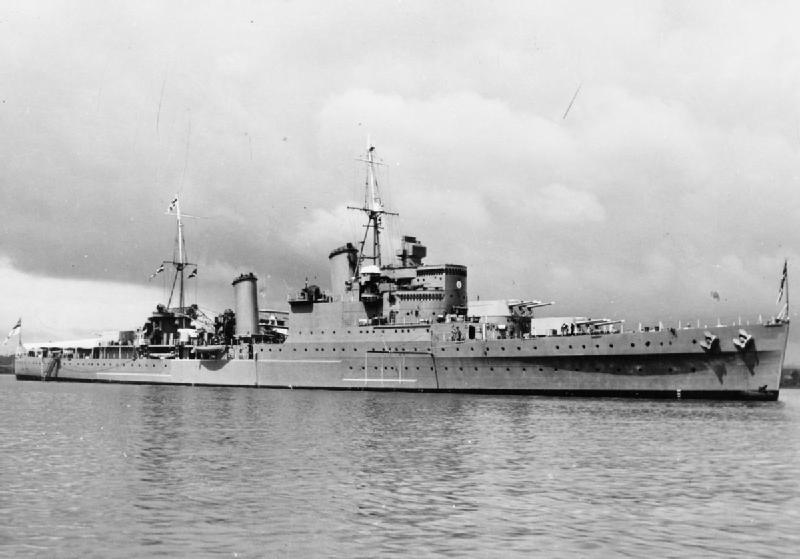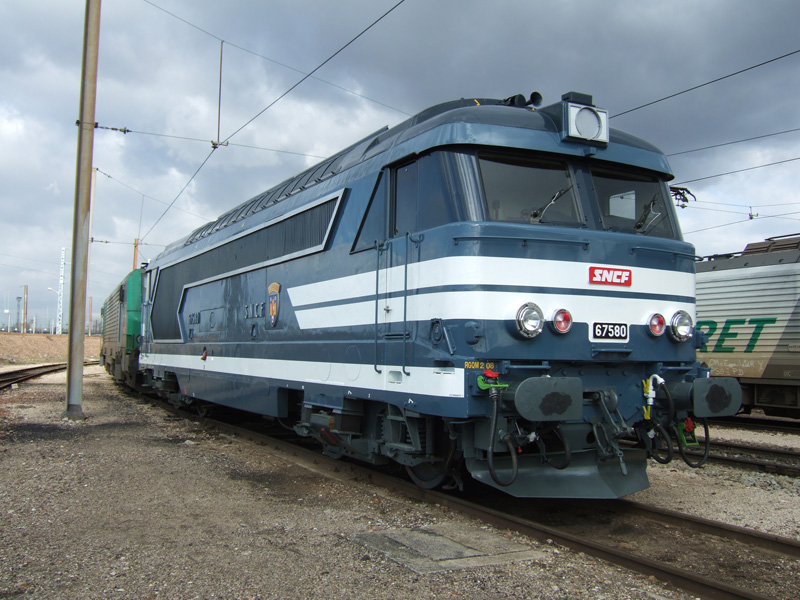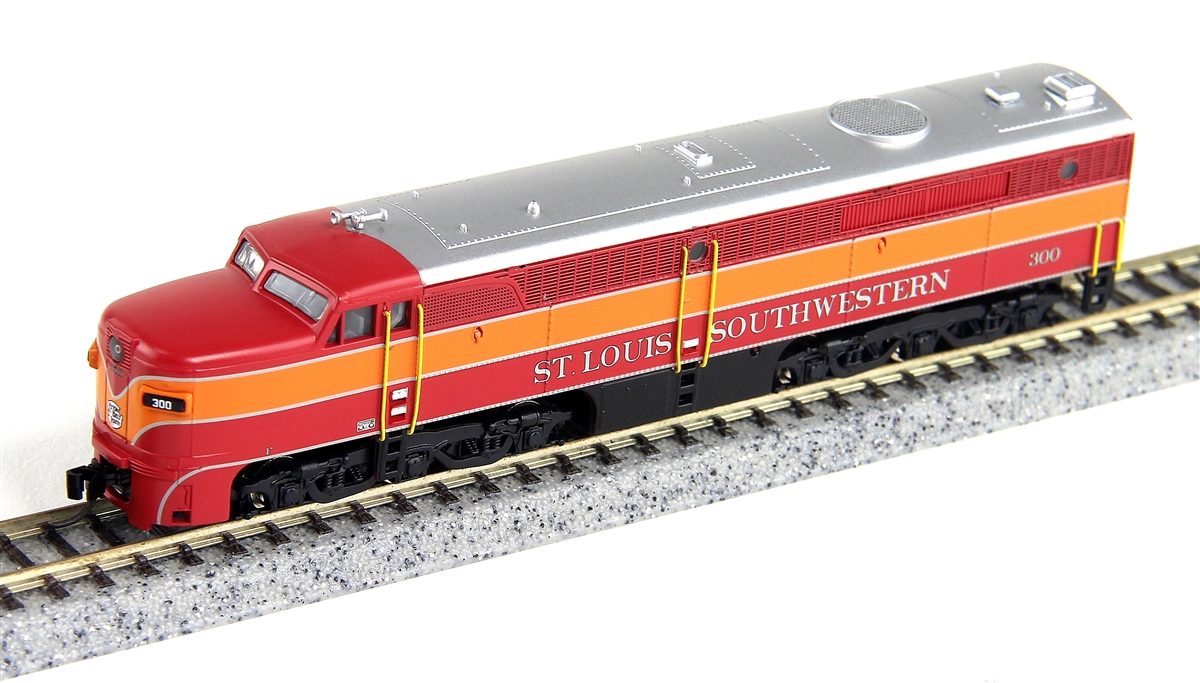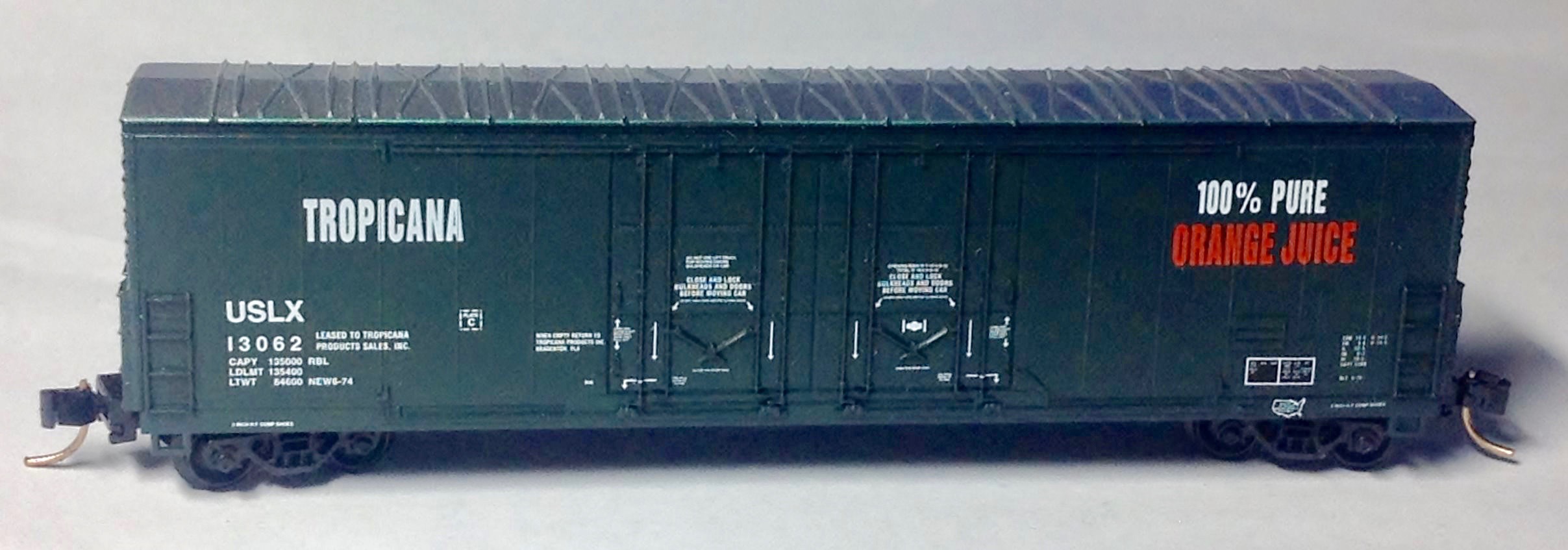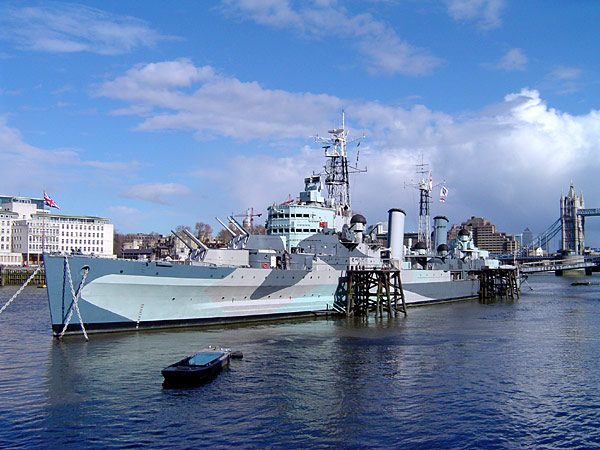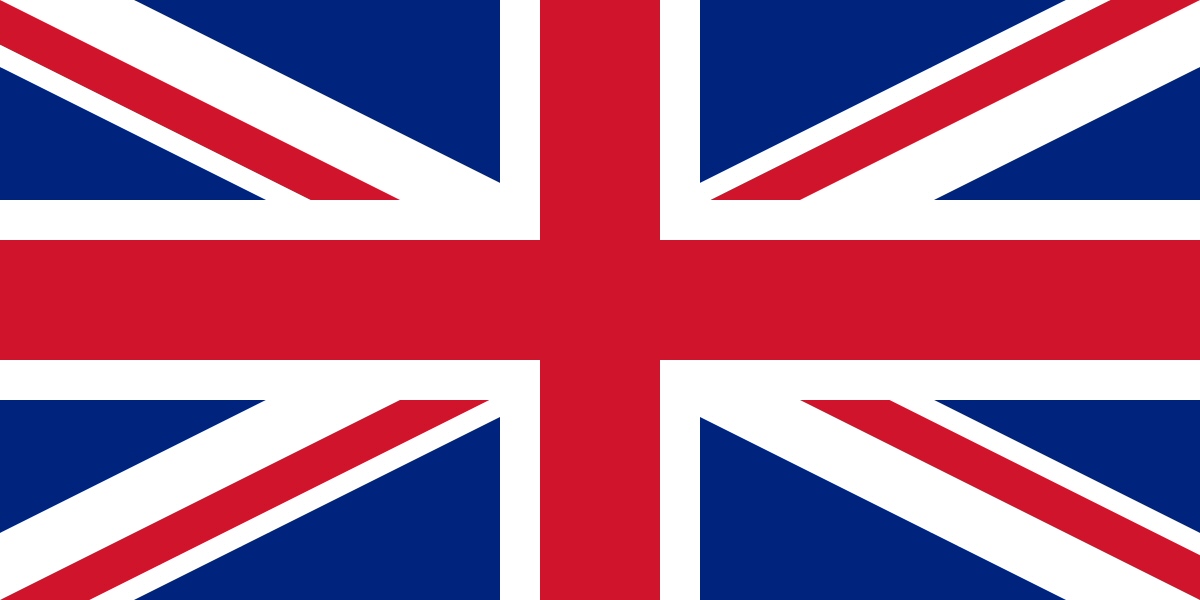HMS Southampton
| Name | HMS Southampton |
| Nationality | United Kingdom (Details) |
| Pennant/Designation | C83 |
| Period | none |
| Type | Cruiser |
| SubType | Light Cruiser |
| Warship Class | Town (Details) |
| Laid Down | 1934 |
| Year Launched | 1936 |
| Year Commisioned | 1937 |
| Last Year Active | 1941 |
| Status | Sunk |
| Source of Text | Wikipedia |
| Credit Link | Link |
History:
HMS Southampton was a member of the first group of five ships of the Town class of light cruisers. She was built by John Brown & Company, Clydebank, Scotland and launched on 10 March 1936.
On 15 Novemberm 1941 Southampton sailed for the Mediterranean. She participated in the action off Cape Spartivento on 27 November. In December the cruiser was moved to the Red Sea to escort troop convoys, and at the same time took part in the bombardment of Kismayu during the campaign in Italian East Africa. On 1 January 1941 she joined the 3rd Cruiser Squadron and took part in Operation Excess. In the early afternoon of 11 January, both she and fellow cruiser Gloucester came under attack from 12 Stuka dive bombers of II Staffeln, Sturzkampfgeschwader 2, Luftwaffe] She was hit by at least two bombs south-east of Malta and caught fire; the resulting blaze spread from stem to stern and trapped a number of men below decks. 81 men were killed with the survivors being picked up by Gloucester and the destroyer Diamond. Heavily damaged and without power, Southampton was sunk by one torpedo from Gloucester and four from the cruiser Orion.
On 15 Novemberm 1941 Southampton sailed for the Mediterranean. She participated in the action off Cape Spartivento on 27 November. In December the cruiser was moved to the Red Sea to escort troop convoys, and at the same time took part in the bombardment of Kismayu during the campaign in Italian East Africa. On 1 January 1941 she joined the 3rd Cruiser Squadron and took part in Operation Excess. In the early afternoon of 11 January, both she and fellow cruiser Gloucester came under attack from 12 Stuka dive bombers of II Staffeln, Sturzkampfgeschwader 2, Luftwaffe] She was hit by at least two bombs south-east of Malta and caught fire; the resulting blaze spread from stem to stern and trapped a number of men below decks. 81 men were killed with the survivors being picked up by Gloucester and the destroyer Diamond. Heavily damaged and without power, Southampton was sunk by one torpedo from Gloucester and four from the cruiser Orion.
Class:
The Town class was a 10-ship class of light cruisers of the Royal Navy. The Towns were designed to the constraints imposed by the London Naval Treaty of 1930. The ships were built in three distinct sub-classes, the Southampton, Gloucester and Edinburgh classes respectively, each sub-class adding on further weaponry.
Like their US and Japanese counterparts of that era, the Town-class cruisers were "light cruisers" in the strict terms of the Treaty. The London Treaty defined a "light cruiser" as one having a main armament no greater than 6.1 in (155 mm) calibre, all three major naval powers sought to circumvent the limitations on heavy cruiser numbers by building "light cruisers" that were equal in size and effective power to heavy cruisers. These ships made up for their smaller calibre guns by carrying larger numbers of them.
All of these ships carried BL 6-inch Mk XXIII guns in triple turrets, with the centre gun mounted 30 in (76 cm) behind the two outer guns to prevent interference between the shells in flight and to give the gunners more room to work in. The turret roofs had cutouts at the front to allow extreme elevation, originally intended to give the guns an anti-aircraft capability. In practice the guns could not be trained or manually loaded quickly enough for continuous anti-aircraft fire, so the Royal Navy designed the ABU, which allowed the guns to be preloaded with time-fuzed shells and then fired when the target aircraft reached the preset range. These ships were equipped with the HACS AA fire control system for the secondary armament and the Admiralty Fire Control Table for surface fire control of the main armament.
Like their US and Japanese counterparts of that era, the Town-class cruisers were "light cruisers" in the strict terms of the Treaty. The London Treaty defined a "light cruiser" as one having a main armament no greater than 6.1 in (155 mm) calibre, all three major naval powers sought to circumvent the limitations on heavy cruiser numbers by building "light cruisers" that were equal in size and effective power to heavy cruisers. These ships made up for their smaller calibre guns by carrying larger numbers of them.
All of these ships carried BL 6-inch Mk XXIII guns in triple turrets, with the centre gun mounted 30 in (76 cm) behind the two outer guns to prevent interference between the shells in flight and to give the gunners more room to work in. The turret roofs had cutouts at the front to allow extreme elevation, originally intended to give the guns an anti-aircraft capability. In practice the guns could not be trained or manually loaded quickly enough for continuous anti-aircraft fire, so the Royal Navy designed the ABU, which allowed the guns to be preloaded with time-fuzed shells and then fired when the target aircraft reached the preset range. These ships were equipped with the HACS AA fire control system for the secondary armament and the Admiralty Fire Control Table for surface fire control of the main armament.
Nationality:
The United Kingdom, made up of England, Scotland, Wales and Northern Ireland, is an island nation in northwestern Europe. England – birthplace of Shakespeare and The Beatles – is home to the capital, London, a globally influential centre of finance and culture. England is also site of Neolithic Stonehenge, Bath’s Roman spa and centuries-old universities at Oxford and Cambridge.
Item created by: gdm
on 2019-12-14 07:55:46
If you see errors or missing data in this entry, please feel free to log in and edit it. Anyone with a Gmail account can log in instantly.
If you see errors or missing data in this entry, please feel free to log in and edit it. Anyone with a Gmail account can log in instantly.


